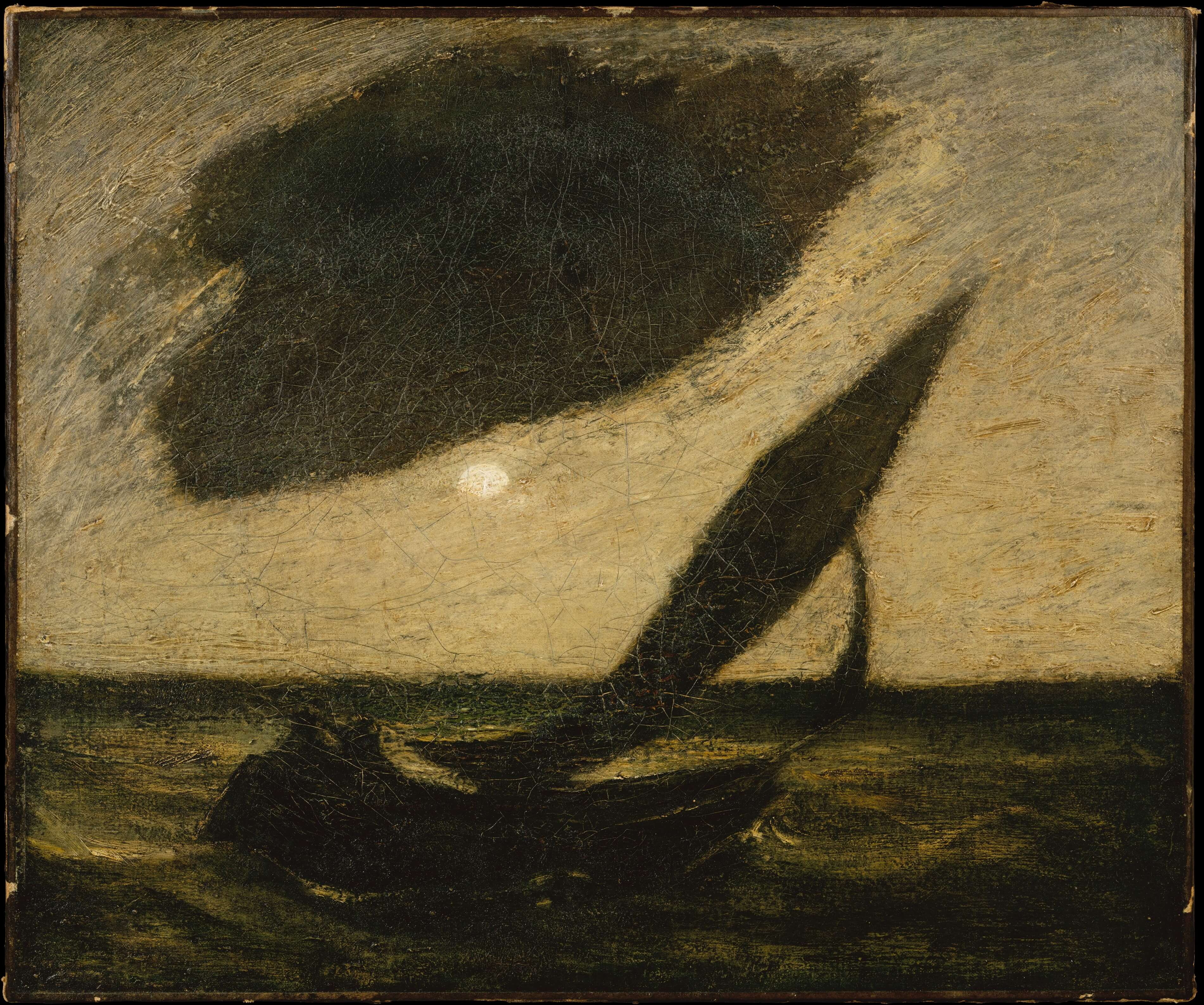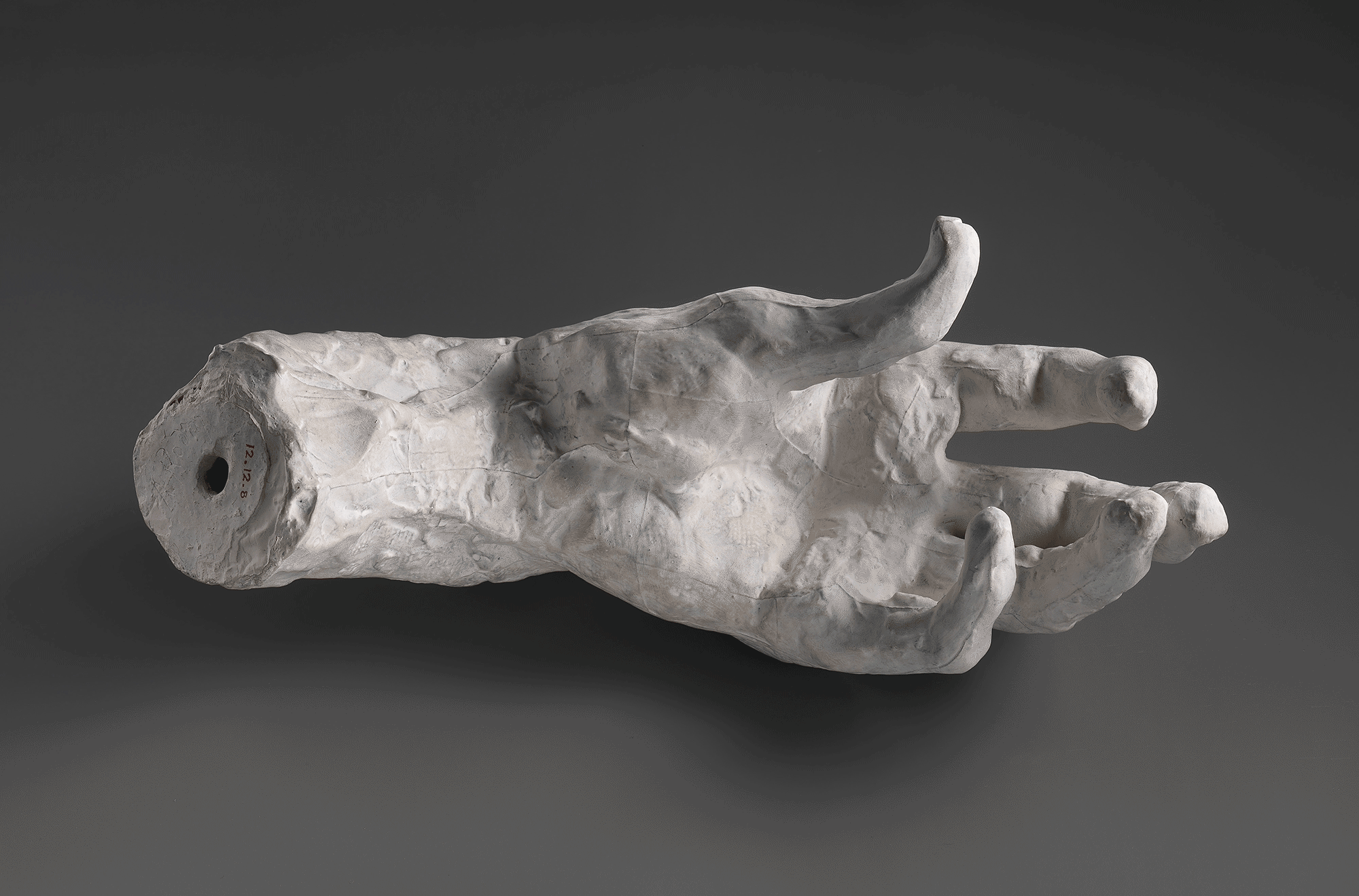App Updates
Sign up for a weekly bite of curiosity in your inbox.
Ways to Live More Curiously
<span style="font-size: 1.5rem;padding-top:20px;">Unfortunately, for many of us, curiosity dwindles as we age. We asked 750 adults if they missed the curiosity of childhood. 78% said yes. Nearly half said they didn’t know how to live curiously as adults.<br /><br />
What are six ways to live more curiously?<br /><br /></span>
1. Ask questions, big and small.
“The important thing is not to stop questioning,” Albert Einstein famously said. “Curiosity has its own reason for existing. One cannot help but be in awe when one contemplates the mysteries of eternity, of life, of the marvelous structure of reality. It is enough if one tries to comprehend only a little of this mystery every day.”
Curiosity blooms when we cultivate an attitude of inquiry and embrace how much more we have to learn – like a child who asks “Why?” about every little thing until they’ve exhausted all the answers. Even seemingly small questions (i.e., “How did these burrs get stuck in my dog’s fur?”) can lead to big discoveries.
See what happens if you practice asking more questions in your conversations. If you’re talking to someone you know well, see if you can find out something new about them.
2. Stay in the moment.
Perhaps you’ve heard talk of the many benefits of mindfulness—the practice of focusing your awareness on your present moment experience, without judgment. Turns out mindfulness helps nurture curiosity—and vice versa. “Curiosity allows us to begin to turn toward the entirety of experience, moving us from avoidance to approach,” writes mindfulness teacher Patricia Rockman. Even taking just one minute a day to tune into the present moment—paying attention to what you can hear, see, smell, and feel—can help you shift from autopilot to a state of curiosity and wonder.

Albert Pinkham Ryder. Under a Cloud, ca. 1900.
Image courtesy The Metropolitan Museum of Art.
3. Push your boundaries.
Curiosity thrives when we get out of our comfort zones and seek out new experiences. Think about an activity you’ve always secretly wanted to try or a skill you’ve always wanted to learn, but never have. Is it rock climbing? Salsa dancing? Pickleball? Mushroom foraging? Screenprinting? Saxophone? Speaking Dutch? The possibilities are endless. Once you’ve identified your secret fantasy activity, consider embarking on a “Beginner’s Project,” in which you commit to trying this new thing for at least a month, approaching the challenge with self-compassion and what Zen Buddhists call “Beginner’s Mind.”
4. See the world through new eyes.
In his famous 1974 paper, “What is it like to be a bat?”, philosopher Thomas Nagel contemplated whether it’s possible for humans to comprehend the conscious experiences of a non-human species. Can we know what it would be like to fly, for example, or to perceive the world via echolocation? The paper’s driving question—what is it like to be someone (or something) other than me?—is at the heart of what researchers call “empathic curiosity”: the desire to understand another being’s world from the inside out. We feed empathic curiosity by seeking out stories and perspectives that differ radically from our own—whether it’s by engaging with an eclectic variety of media and art, talking to people whose worldviews don’t match ours, entering the minds of characters in novels, or even, as one British designer did in 2016, taking “a holiday from being human” and attempting to transform into a goat.

Auguste Rodin. Study of a Hand, modeled ca. 1885, cast before 1912.
To describe Rodin's interest in hands as "curious" might be an understatement. Obsession might be a more accurate term, but in any case, it was his interest in expression and movement which prompted the studies. While you may know Rodin as the artist behind the famous sculptures, The Kiss or The Thinker, his articulation of hands exude an expression of raw passion—both in their forms and in the hands of their maker. Of course, his work has been carefully studied by artists, but his hands have even been used by the medical community as valuable records of disease and disorder.
Find more about Rodin here and here.Photos courtesy The Metropolitan Museum of Art.
5. Find your "curiosity type.
"In 2017, psychologists at George Mason University developed “The Five-Dimensional Model of Curiosity,” arguing that, instead of regarding curiosity as a single trait, we can break it down into the following distinct dimensions:
Joyous exploration: the desire to seek out knowledge for the joy of it.
Deprivation sensitivity: the recognition of a gap in one’s knowledge, which triggers a feeling of needing to fill that gap.
Stress tolerance: the willingness to embrace uncomfortable feelings that arise when exploring something new.
Social curiosity: the desire to understand what other people are thinking and feeling.
Thrill seeking: the willingness to take risks to engage in new experiences.
Upon treating these dimensions as part of a single profile, researchers found evidence for four types of curious people. “The Fascinated” are high on all dimensions, particularly joyous exploration. “Problem Solvers” are high on deprivation sensitivity, medium on other dimensions. “Empathizers” are high on social curiosity and medium on other dimensions, while “Avoiders” are low on all dimensions, particularly stress tolerance. Identifying your “curiosity type” can help you cultivate dimensions of curiosity that might not come naturally to you.
6. Find the sublime.
If you’ve ever stood at the edge of the Grand Canyon and found yourself speechless, or wept at the beauty of a double rainbow, you’ve probably experienced what philosophers from the mid-18th century to today like to call “the sublime.” Sublime experiences tend to transcend rational thought, making them famously difficult to describe in words, but they’re typically characterized by overwhelming feelings of awe, wonder, astonishment, and transcendence, perhaps spiked with a little fear. Sublime experiences rekindle our curiosity by reminding us of the vastness of the universe. Nature’s beauty is perhaps the most reliable source of the sublime, but you can also find it in art (the paintings of Mark Rothko and JMW Turner are particularly famous for evoking the sublime); poetry (Romantic poets like Samuel Taylor Coleridge were all about the sublime); and music (compositions from Debussy’s “La Mer” to John Cage’s 4’33” have been said to capture the sublime). “Anything which elevates the mind is sublime,” wrote John Ruskin. “Greatness of matter, space, power, virtue or beauty, are all sublime.”







.svg)


.png)

.svg)

